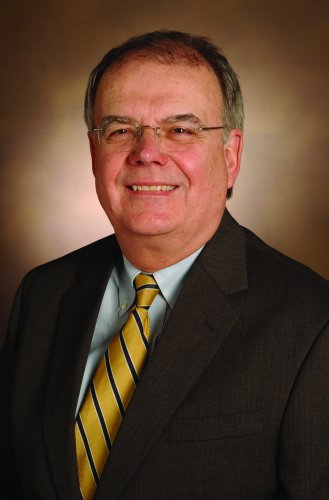Vanderbilt offers innovative look at the future of CME
Current approaches to continuing medical education (CME) are not in line with currentexpectations for patient safety and quality care.

Don Moore, Ph.D.
In an article in the Journal of Continuing Education in the Health Professions, Don Moore, Ph.D., director of CME at Vanderbilt University School of Medicine, and co-authors Joseph Green, Ph.D., from the American College of Cardiology, and Harry Gallis, M.D., with the Carolinas Healthcare System, suggest a new approach for CME.
“There has been noise for at least 25 years about whether CME is effective in changing physician performance and, as a result, improving patient outcomes. But now the volume is being turned up,” Moore said.
Moore and his co-authors describe a model for CME that would include opportunities for learners to practice what is learned and get feedback on the skill learned in the CME activity. Moore said some of the approaches in the article were fleshed out in a design workshop at Vanderbilt’s Center for Better Health last November.
“Traditional CMEs in the state of Tennessee are 40 hours of ‘seat time’ in a lecture-style presentation. In the workshop, we thought a topic for learning could emerge out of experience in the workplace or a physician’s practice. The team would work through the topic, aided by a highly dynamic information database that would provide knowledge and resources as well as identifying learning needs,” Moore explained.
Moore, who has published on this topic before, says this publication is well timed. The current nationwide environment of change makes this an ideal time to try out this new paradigm. Already, specialty boards like the American Board of Internal Medicine require practice-based improvement projects to maintain certification. Other boards have similar requirements.
The Federation of State Medical Boards (FSMB) is expected to soon have similar requirements for maintenance of licensure.
But Moore says he is concerned that a lack of resources and funding for this new approach to CME may slow the process of change. Currently, 50 percent of the cost of
CME is supported by pharmaceutical and biotech companies, who are likely to continue the conference-type offerings with some adjustments.
“If the goal is to contribute to improved quality and safety, we have a lot of work to do and need to begin now with projects at Vanderbilt that can serve as examples,” Moore said.













